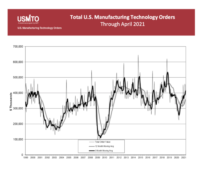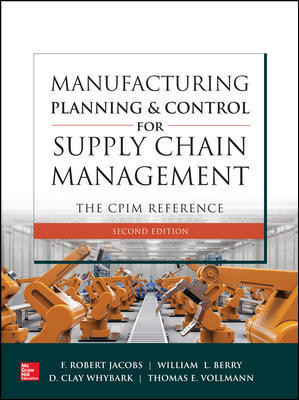The Institute for Supply Management’s factory index jumped to 55.4, exceeding the highest projection in a Bloomberg survey of economists, from 50.9 in the prior month, according to the Tempe, Arizona-based group. Readings above 50 indicate expansion. A separate report showed first-time claims for unemployment insurance fell to the lowest in five years.
Stocks rallied on signs of a global production pickup extending from China through Europe and as central banks pledged to maintain stimulus. Strength in U.S. manufacturing, which accounts for about 12 percent of the world’s largest economy, underscores the Federal Reserve’s view that the expansion will gain momentum as the impact of federal budget cuts wanes.
“The Fed has been looking for an acceleration in second-half growth, and this is probably the first real sign that that’s going to happen,” saidMichael Feroli, a former Fed staff member who is now chief U.S. economist for JPMorgan Chase & Co. in New York. “It probably gives them some comfort that their forecast may be shaping up.”
The Standard & Poor’s 500 Index climbed 1.3 percent to 1,706.87 at the close of trading in New York, topping 1,700 for the first time. The yield on the benchmark 10-year Treasury note jumped to 2.71 percent from 2.58 percent late yesterday.
Unemployment Insurance
Applications for unemployment insurance payments declined by 19,000 to 326,000 in the week ended July 27, the lowest since January 2008, from a revised 345,000 the prior week, the Labor Department said today in Washington.
More jobs are continually to be added to the economy. In July 185,000 jobs were added. This is a steady upward swing from the 195,000 cumulative increase in jobs for May and June. It is estimated the jobless rate declined in July to 7.5 percent from 7.6 percent the previous month.
The 4.5-point increase in the ISM gauge from June was the biggest since June 1996. The median forecast of 84 economists surveyed by Bloomberg called for the index to climb to 52. Estimates ranged from 49.6 to 53.5.
Around the globe factories are showing signs of stabilizing. U.K. manufacturing growth accelerated more than economists forecast in July. That increase was mirrored in Europe where manufacturing grew more than initially estimated, while China’s official factory index also showed expansion.
The ISM’s U.S. data showed a measure of orders climbed to a more than two-year high, while a gauge of production was the strongest since May 2004.


